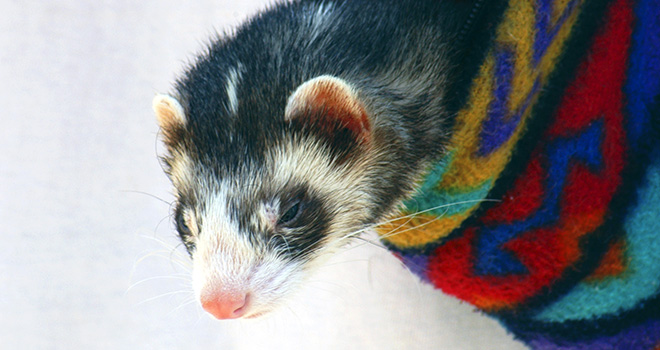
During the better part of 1940, part of industrial Denver, CO, was home to a chemical weapon manufacturer for the World War II effort. The manufacturer, The Rocky Mountain Arsenal, continued operations beyond the war, and their waste disposal practices led to the contamination of many natural resources until it finally ceased all activity in 1982.
More than 300 Have Made a Home of the Former Toxic Waste Site
In 1987, RMA was placed in the National Priorities List, a series of US toxic waste sites that would need long-term cleanup to be funded by the federal government’s Superfund initiative.
During this cleanup, investigators found bald eagles on the site, and new data reveals that the site had become home to over 330 wildlife species over time.
One of them being a horde of black-footed ferrets, which was thought to be extinct.
Nature Will Recover, If Given the Chance
By October 1992, the RMA was named the Rocky Mountain Arsenal National Wildlife Refuge, and in 2010, the environmental cleanup was finally completed. It cost $2.1 billion.
The U.S. Fish and Wildlife Service Director Dan Ashe comments that this remarkable place shows that nature can and will recover if given the chance. The organization released around 30 black-footed ferrets on the refuge site, around 25 sq miles in size, this Monday. Wildlife researchers have been growing its population since 1987, when a small group of the creatures were found in Wyoming, but it seems like the furry animal has managed to flourish in other parts of the country as well.
An adult ferret can measure up to 24 inches long and have an average weight of 2.5 pounds. Black-footed ferrets have a distinctive black mask on the face, and have hairy, long, slender bodies and short legs. They come with a bad attitude as well, as shared by specialist Kimberly Fraser, member of the release program. The creatures are nocturnal by nature, with their black eyes, spending about 90% of their days underground. They usually leave the underground to hunt their meals, consisting mainly of prairie dogs.
More About the Program
The USFWS’s Black-Footed Ferret Recovery Program was first created in 1996 to help restore the species’ population. Currently, the program has six facilities where captive ferrets are bred and trained to hunt prairie dogs.
The USFWS plans to return and reintroduce these black-footed ferrets to their natural habitat. So far, ferrets have been re-introduced in 24 sites in Montana, South Dakota, New Mexico, Wyoming, Utah, Kansas, Colorado and Arizona, as well as in Chihuahua, Mexico and Saskatchewan, Canada.
Pete Gober, coordinator of the program, shares that he expects a survival rate increase of up to 75%, given that the prairie dog’s survival remains stable and that their population also increases.

















